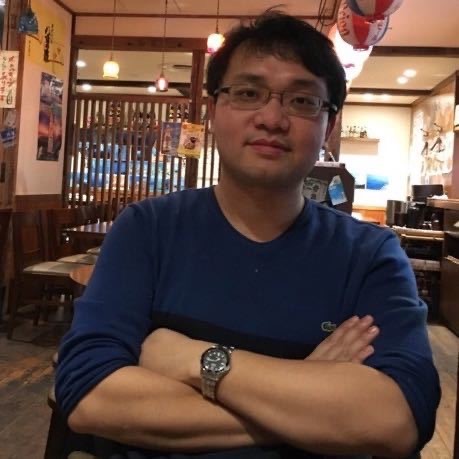Chi Liu
Flexible Thin Film Electronics
Shenyang National Laboratory for Materials Science, Institute of Metal Research, Chinese Academy of Sciences, 72 Wenhua Road, Shenyang, 110016, China.
Email: chiliu@imr.ac.cn
Biography
|
|
Abstract for Presentation
Mixed-dimensional heterostructure photodetectors with
high performance and new functions
Due to its atomic thickness and unique energy band structure, 2D semiconductor materials show unique advantages in the field of photodetector devices. However, its development faces three key problems: (1) Establishing new photo-gain mechanisms to improve the detectivity; (2) Developing processing technologies with large-area, high-resolution and compatible with mainstream semiconductor processes; (3) Increasing the array integration density.
Mixed-dimensional heterostructure devices may solve these problems by combining 3D bulk materials and 2D layered materials and making full use of their advantages. In this presentation, 3 mixed-dimensional photodetectors will be introduced [1-3]: (1) A molybdenum-based phototransistor with MoS2 channel and α-MoO3-x contact electrodes working in a photo-induced barrier-lowering (PIDL) mechanism with a record-high detectivity of 9.8×1016 cm Hz1/2 W-1, which adds to the techniques available for the fabrication of 2D material-based phototransistors with an ultrahigh photosensitivity. (2) A 1024-pixel high-performance MXene image sensor array fabricated by a wafer-scale combination patterning method of a MXene film with a resolution up to 2 μm, which is at least 100 times higher than other large-area patterning methods, paving a way for large-scale high-performance MXetronics compatible with mainstream semiconductor processes. (3) A MoS2 photon-controlled diode with an unusual signal processing behavior that can change the output current from the cut-off to the rectified state after illumination, leading to the first anti-crosstalk photomemory array without any selectors to increase the integration level, paving the way for future high-integration, low-power and intelligent optoelectronic systems.
References
[1] S. Feng#, C. Liu#, Q. Zhu, X. Su, W. Qian, Y. Sun, C. Wang, B. Li, M. Chen, L. Chen, W. Chen, L. Zhang, C. Zhen, F. Wang, W.Ren, L.Yin*, X. Wang*, H.-M. Cheng*, D.-M. Sun*, Nature Commun., 12 (2021) 4094.
[2] B. Li#, Q.-B. Zhu#, C. Cui#, C.Liu*, Z.-H. Wang, S.Feng, Y. Sun, H.-L. Zhu, X. Su, Y.-M. Zhao, H.-W. Zhang, J. Yao, S. Qiu, Q.-W. Li, X.-M. Wang*, X.-H.Wang*, H.-M. Cheng, D.-M. Sun*, Adv. Mater., 34 (2022) 2201298.
[3] S. Feng#, R. Han#, L. Zhang#, C. Liu*, B. Li, H. Zhu, Q.-B. Zhu, W. Chen, H.-M. Cheng*, D.-M. Sun*, Nat. Sci. Rev., (2022) nwac088.
.
WELCOME TO CHINA TO ATTEND THE ICANS
23-26 August, Nanjing, China
Connect with us:



